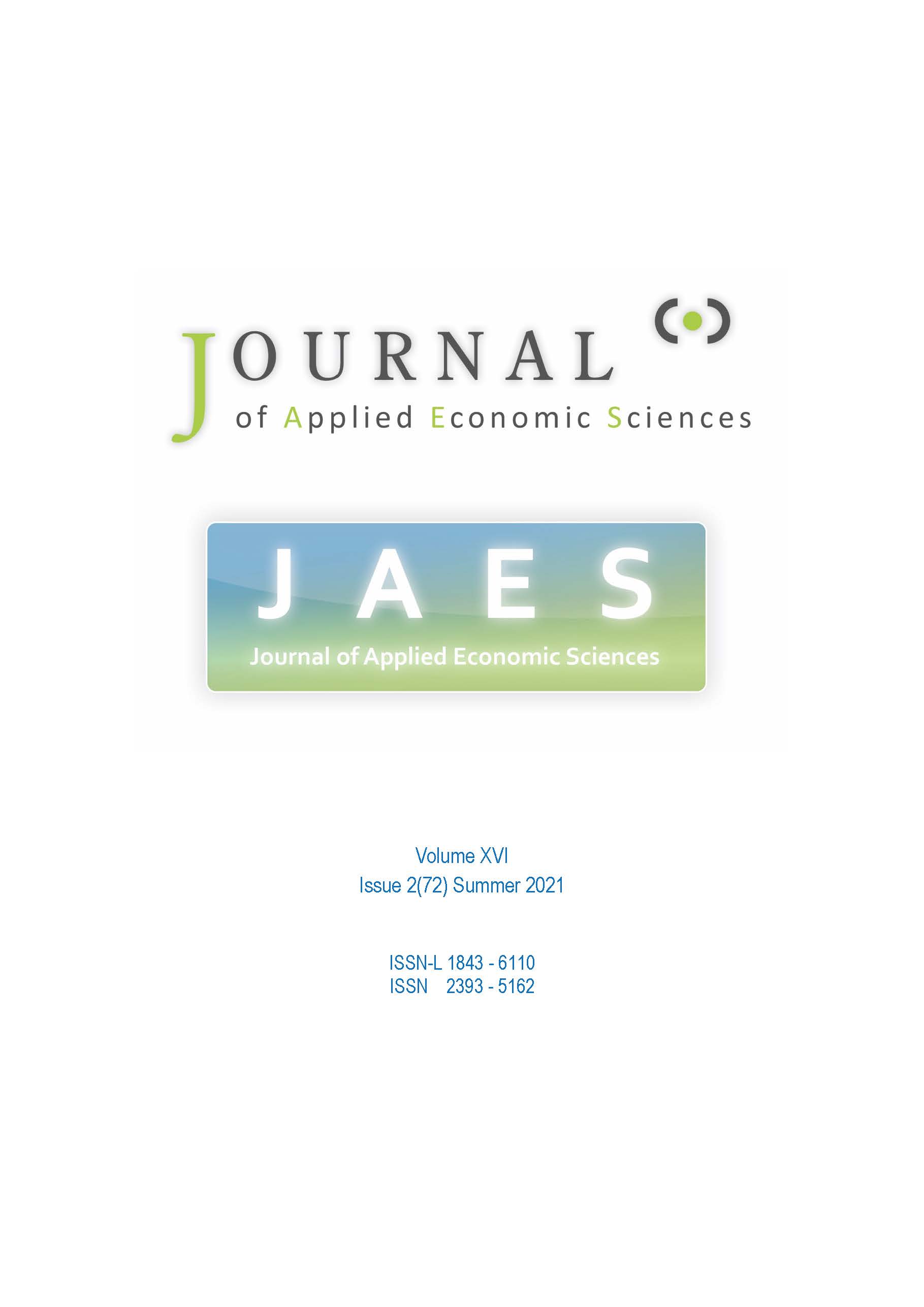Economic Forecast of the Wealthiest Gulf Countries Using ARIMA Model
Economic Forecast of the Wealthiest Gulf Countries Using ARIMA Model
Author(s): Jamile Youssef, Nermeen Ishker, Nour FakhreddineSubject(s): Economy, National Economy, Business Economy / Management
Published by: ASERS Publishing
Keywords: ARIMA model; GDP; forecasting; Gulf Cooperation Council;
Summary/Abstract: Gulf Cooperation Council (GCC) is an economic and political agreement between six Arab countries; Bahrain, Kuwait, Oman, Qatar, Saudi Arabia, and the United Arab Emirates. It was established in 1981 (GCC 2021). These countries differ in size and population but are located close to one another in the Middle East region. The countries have low debt, high foreign reserve and are rich in oil stocks. The GCC economy is the largest in the Middle East and the fastest growing in the world. GCC is known to be the biggest oil producer and it has the largest fuel and gas reserve. The cooperation economic development can be classified into different eras. The first, during the 1990s when the region witnessed remarkable economic growth. The increase in oil prices played a major role in GCC development, despite the 1991 Gulf war. Following that in the 2000s, the economy of the GCC members continued to boom, taking advantage of the high oil prices. The black gold industry remained a vital source of revenue accompanied with an industrial and commercial development in the region (Vohra 2017, Ab Rahman and Abu-Hussin 2009). In 2003, Customs Union was officially established between GCC countries for the liberalization of trade and flow of products with no tariff barriers (GCC 2021). Afterwards, the fall in oil prices in 2008 demonstrated an adverse impact on the government budget and economic growth of the GCC countries (Vohra 2017). Forecasting the future macroeconomic outcomes of GCC is vital to obtain a better insight of the economic indicators of the understudy countries and to anticipate future monetary activities of the region. Gross Domestic Product (GDP) is a standard statistic to forecast and measure the economy’s size and to track cyclical changes inside the country (Leamer and Leamer 2009). This study aims to obtain accurate forecasts for the GDP of the leading GCC members from 2021 till 2025. These leading members are Qatar, Saudi Arabia (KSA), and the United Arab Emirates (UAE). While there are different techniques to forecast time series, this research relies on Auto-Regressive-Integrated-Moving-Average model, known as ARIMA, to anticipate GDP future values. Numerous studies have been conducted on GDP forecast using ARIMA models and Box and Jenkins methodology, but it remains the challenge of recent work. The significance of this research is that it is not limited to the analysis of one specific country, rather a GDP prediction of three leading GCC members. Furthermore, to the best of our knowledge, there has not been any previous analysis aimed to forecast the overall economic activity of the under-study countries; although several researches investigated various aspects of the GCC economy. The remaining of the paper is organized as follows. Section 1 describes a brief literature review, while Section 2 discusses and explains the data and methodology followed. In Section 3 the empirical results and forecasting output are presented. Section 4 concludes.
Journal: Journal of Applied Economic Sciences (JAES)
- Issue Year: XVI/2021
- Issue No: 72
- Page Range: 228-237
- Page Count: 10
- Language: English

